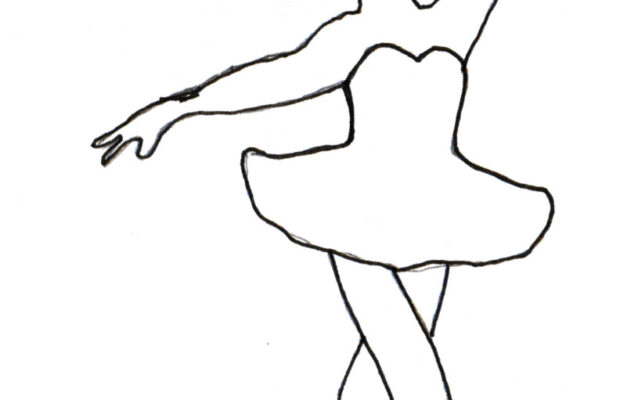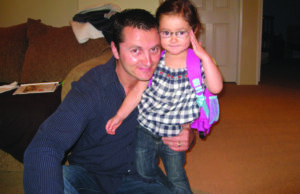Age appropriateness is vital in the dance industry

In second grade, I begged my parents to let me do competitive dance. However, they were extremely hesitant due to how unsuitable the dance competition world can be for kids. From revealing costumes to inappropriate moves, the industry of dance can be unsuitable for children. In order to create a safe and age appropriate environment for children, choreographers need to choose suitable music, movement and costumes for each age group.
I personally have experienced how sports bras, booty shorts and tight clothing are forced upon young dancers. I think showing skin is acceptable, but there needs to be a particular line that should not be crossed. In my years of experience, I have seen many inappropriate costumes. One year, I was assigned to wear a bra that showed a lot of my chest and had a cut out in the center. The other girls were less developed than me. At the time, this made me very uncomfortable and exposed. I would hope no one wants to see a 5-year-old wearing knee-high fishnets and a skimpy outfit like a Vegas showgirl, yet that is how they continue to dress child dancers. There is nothing wrong with showgirls because they are adults, but to put these outfits on children is highly uncalled for, and I would always rather see an age appropriate outfit as opposed to something provocative on stage.
One problem a choreographer might have when choosing costumes is the lack of choice. Many costumes in catalogs show skin and have revealing cuts. This gives dance teachers limited options to choose from, further pressuring them to choose inappropriate costumes.
Not only do costumes over-sexualize young girls, but an explicit song can further enhance the level of indecency. When creating a piece for competition, the dance, music and costuming all need to fit together into one theme. When a choreographer chooses a suggestive song, the costume is bound to follow. When a dancer dances to an inappropriate song, they use it making the song a part of the message they are communicating to the audience. This is why choreographers should be extremely careful when picking music for their dancers. Explicit language and hidden meanings are common in music, but there needs to be a focus and choice of age-sensitive music that implies a suitable message for the age group.
One of the most highly debated topics of competitive dance is the types of movement in which dancers engage. Many choreographers and dancers believe that the more advanced the dancer, the more explicit or suggestive the movements can be. However, some young dancers advance at a great speed, and some take this as an excuse to include sexual choreography. There are different ways that dancers can look advanced and do advanced choreography without tapping into sensual movement. At a recent competition, I saw a routine with very young dancers twerking and opening their legs. Personally, it was quite uncomfortable to witness. One of the most important parts of dance is learning how to convey a story and a message with your body and communicating a sexual message at a young age can seriously alter the way dancers view their bodies and how they can use their bodies.
I believe there can be a happy medium where dancers can practice these styles without being exposed to explicit movement at an early age. This style of dance should be practiced first in a safe and controlled environment when dancers are of mature age. The best way to do this is by practicing at your home studio.
Using age appropriate music, costumes, and movement is vital when creating a dance. The most important concept for choreographers to remember is that they are not using professionals, these dancers are still children.



